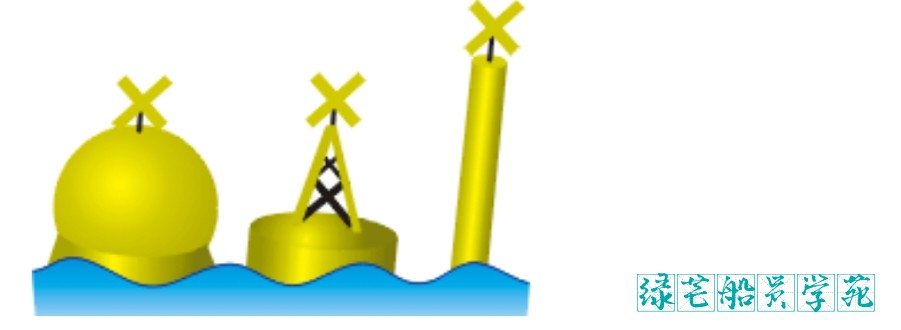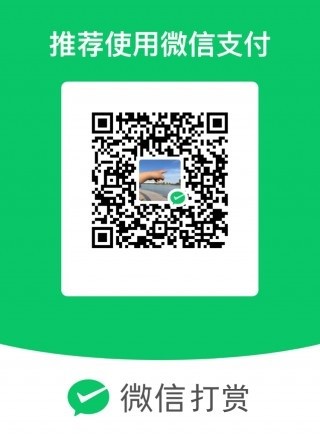【IALA】国际航行浮标灯塔识别-Navigation-IALA(船长、大副必看)
NAVIGATION-IALA
The International Association of Marine Aids to Navigation and Lighthouse Authorities (IALA) is a non-profit organization founded in 1957 to collect and provide...
NAVIGATION-IALA
The International Association of Marine Aids to Navigation and Lighthouse Authorities (IALA) is a non-profit organization founded in 1957 to collect and provide nautical expertise and advice.
·Lateral marks indicate the edges of a channel.
·Cardinal marks indicate the direction of safe water at a dangerous spot.
·Saf e water marks indicate the deep water and open end of a channel.
· Special marks indicate administrative areas, such as speed restrictions or water skiing areas.
· Isolated danger marks indicate a hazard to shipping.
Lateral Marks
Region A
Region A comprises nations in Europe,Australia, New Zealand, parts of Africa and most of Asia other than the Philippines, Japan and Korea.
• Port marks are red and may have a red flashing light of any rhythm.
• Starboard marks are green and may have a green flashing light of any rhythm.

Region B
Region B comprises nations in North America, Central America and South America, the Taiwan, Philippines,Japan and Korea.
· Port marks are green and may have a green flashing light of any rhythm.
• Starboard marks are red and may have a red flashing light of any rhythm.


Both Regions
· Port marks are square or have a flat top
· Starboard marks are conical (or present a triangular shape) or have a pointed top.
Cardinal Marks
A cardinal mark is a sea mark (a buoy or other floating or fixed structure)used in maritime pilotage to indicate the position of a hazard and the direction of safe water.
Cardinal marks indicate the direction of safety as a cardinal (compass)direction (north, east, south or west)relative to the mark. This makes them meaningful regardless of the direction or position of the approaching vessel,in contrast to the (perhaps better-known) lateral mark system.
A cardinal mark indicates one of the four compass directions by:
· The direction of its two conical top-marks, which can both point up, indicating north; down,
indicating south; towards each other, indicating west; or away from each other, indicating east
• Its distinctive pattern of black and yellow stripes, which follows the orientation of the cones – the black stripe is in the position pointed to by the cones (e. g. at the top for a north cardinal, in the middle for a west cardinal)
· Optionally, its distinctive sequence of flashing light, which consists of a sequence of quick or very quick flashes whose number gives the clockface position which corresponds to the direction of the cardinal (e. g. three for an east cardinal, nine for a west; north has continuous flashes, and south may be augmented with a long flash,
to help distinguish it from a west in difficult conditions)

Safe Water Marks
It usually implies that open, deep and safe water lies ahead, though it is sometimes also used to indicate the start and end of a buoyed section of a continuous narrow channel, or a line
of these marks can be used to mark a safe route through shallow areas.
The marker is also sometimes known
as a Fairway Buoy.

Special Marks
A Special Mark, as defined by the International Association of Lighthouse Authorities, is a sea mark used in maritime pilotage. It is recognisable by its yellow colour and X,(often referred to as a St. Andrews Cross) top-mark. It has a distinctive sequence of various flashes that does not match any other navigational mark flashes in its vicinity.
Isolated Danger Marks
An Isolated Danger Mark, as defined by the International Association of Lighthouse Authorities, is a sea mark used in maritime pilotage to indicate a hazard to shipping such as a partially submerged rock.
It is recognisable by its black and red bands and top-mark of two black balls.
Its distinctive sequence of flashing light consists of 2 quick flashes with intervals of 5 seconds.


Emergency Wreck Marking Buoy
The Maritime Safety Committee, at its eighty-second session (29 November to 8 December 2006), at the request of IALA and with a view to improving the safety of navigation, approved the circulation of a recently adopted IALA Recommendation O-133, which introduces, on a trial basis, a new emergency wreck marking buoy that could be used in addition to the IALA Buoyage System.
The emergency wreck marking buoy should be maintained in position until:
·the wreck is well known and has been promulgated in nautical publications;
• the wreck has been fully surveyed and exact details such as position and least depth above the wreck are known; and
· a permanent form of marking of the wreck has been carried out.

- 发表于 2023-12-15 12:18
- 阅读 ( 372 )
你可能感兴趣的文章
相关问题
0 条评论
请先 登录 后评论
文件生成中...
请稍候,系统正在生成您请求的文件
链接已复制到剪贴板

付费阅读
【IALA】国际航行浮标灯塔识别-Navigation-IALA(船长、大副必看)

支付金额:¥0.00
扫码过程中请勿刷新、关闭本页面,否则会导致支付失败
购买后请立即保管好,30天后需重新付费。

付费下载
【IALA】国际航行浮标灯塔识别-Navigation-IALA(船长、大副必看)

支付金额:¥0.00
扫码过程中请勿刷新、关闭本页面,否则会导致支付失败
购买后请立即保管好,30天后需重新付费。
请点击下载或复制按钮进行操作
